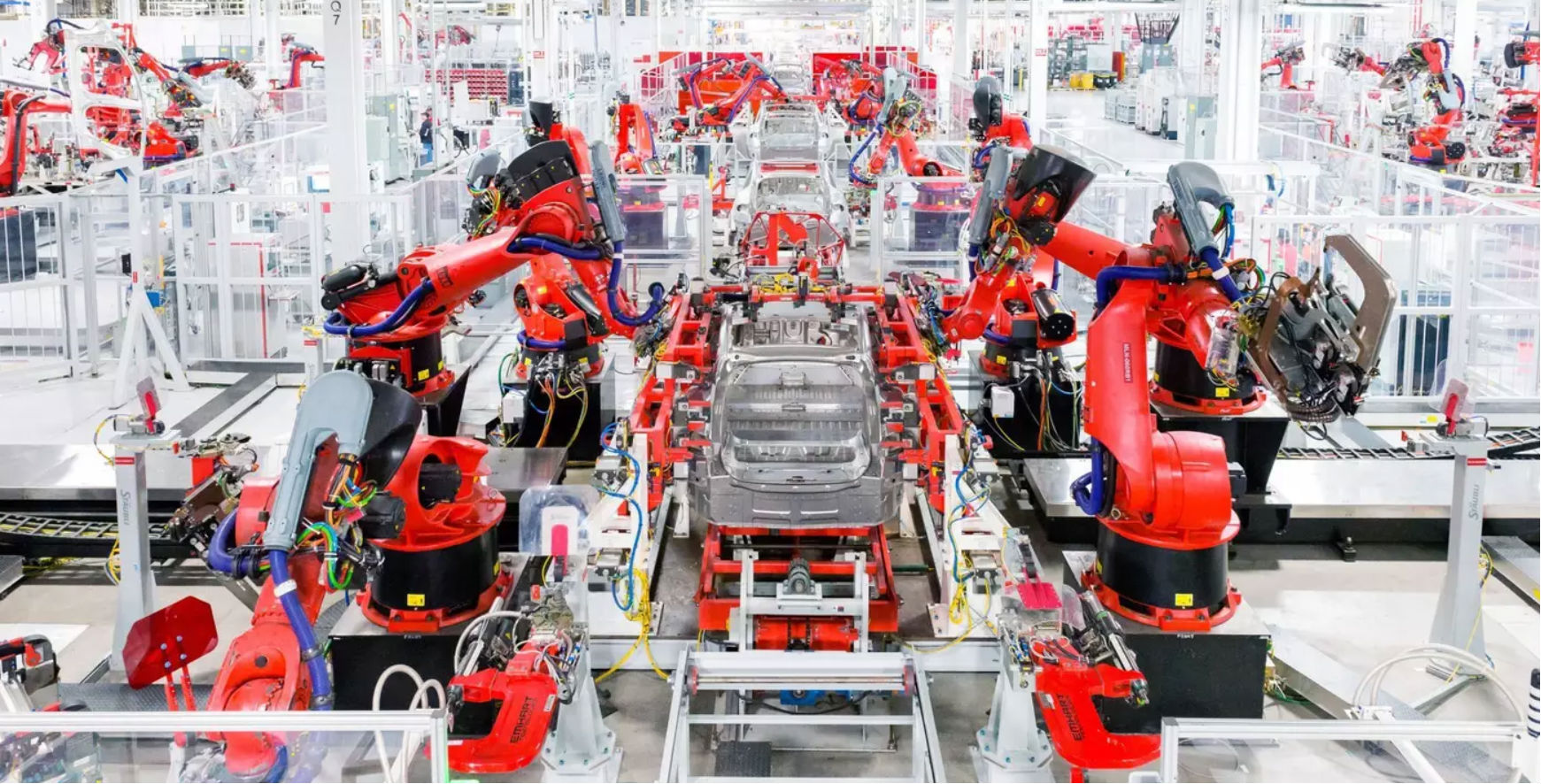

Investor's Corner
Tesla’s Model 3 production ramp is here, and the US auto market is starting to feel it
Since hitting its Q2 target of producing 5,000 Model 3 per week, Tesla appears to have accelerated its efforts to build and deliver the electric car to as many reservation holders as possible. The vehicle’s ramp has been anything but smooth over the past year, but now that Tesla is focusing on sustaining its production of the car, it seems like the results of the Model 3 push are finally starting to bear fruit.
Tesla noted in its Q2 2018 production and delivery report that the Model 3 had a line of about 420,000 reservations as of the final week of June. Deliveries of the Model 3 rose steadily since Tesla started ramping the production of the vehicle. Over Q1 and Q2, sales of the electric sedan increased, culminating in July when Tesla is estimated to have sold as many as 14,250 Model 3 in one month.
With such numbers, the Model 3 became the best-selling electric car in the United States in July, bar none. The rise of the Model 3 was so prominent that last month, it was listed as 7th place in GoodCarBadCar‘s list of America’s Top 20 Best Selling Cars, which included gas-powered vehicles like the Toyota Camry and the Honda Civic. These are vehicles that have held their places in the US’s auto industry for years, and the vast majority of them are more affordable than the Model 3.

Yet, despite this, the Model 3’s sales show that more and more people are starting to commit to Tesla’s electric car. In the company’s Q2 2018 earnings call, Tesla global head of sales Robin Ren stated that the top five vehicles being traded in for a Model 3 were rather surprising, as they were comprised of mostly lower-priced cars such as the Toyota Prius, BMW 3 Series, Honda Accord, Honda Civic, and the Nissan Leaf. Among these vehicles, only the BMW 3 Series is an actual competitor in the midsize luxury segment. The other four are from a more affordable price point.
According to Elon Musk, these trends in the sales of the Model 3 suggest that customers are quite open to spending a little bit more than their usual budget to purchase the electric car. This, Musk believes, is encouraging overall.
“It’s just interesting that people are trading up into a Tesla, so they’re choosing to spend more money on a Tesla than their current car, just based on the trade-in values. A Civic is a very inexpensive car compared to particularly the Model 3 today. So that’s promising from a market access standpoint,” Musk said.
Tesla’s Model 3 ramp appears to be well on its way to sustaining the optimum manufacturing level displayed by the company during its “burst production week” at the end of June. Apart from Tesla announcing that it was able to maintain its 5,000/week Model 3 target in “multiple weeks” in July, the company has also registered an astounding 16,000 new Model 3 VINs in a seven-day period this August. That’s a number that took the company roughly eight months to achieve when the vehicle started production in mid-2017.
As the Model 3 continues to make its presence known in the US auto industry, Tesla appears to be looking into expanding the Model 3’s reach to other countries. Deliveries to Canada have already started in Q2, and just recently, Tesla also announced that it would be offering the Model 3 for viewing in Australia and New Zealand. The company also showcased the Model 3 at the 2018 Goodwood Festival of Speed, where it attracted a good deal of attention from the festival’s attendees.
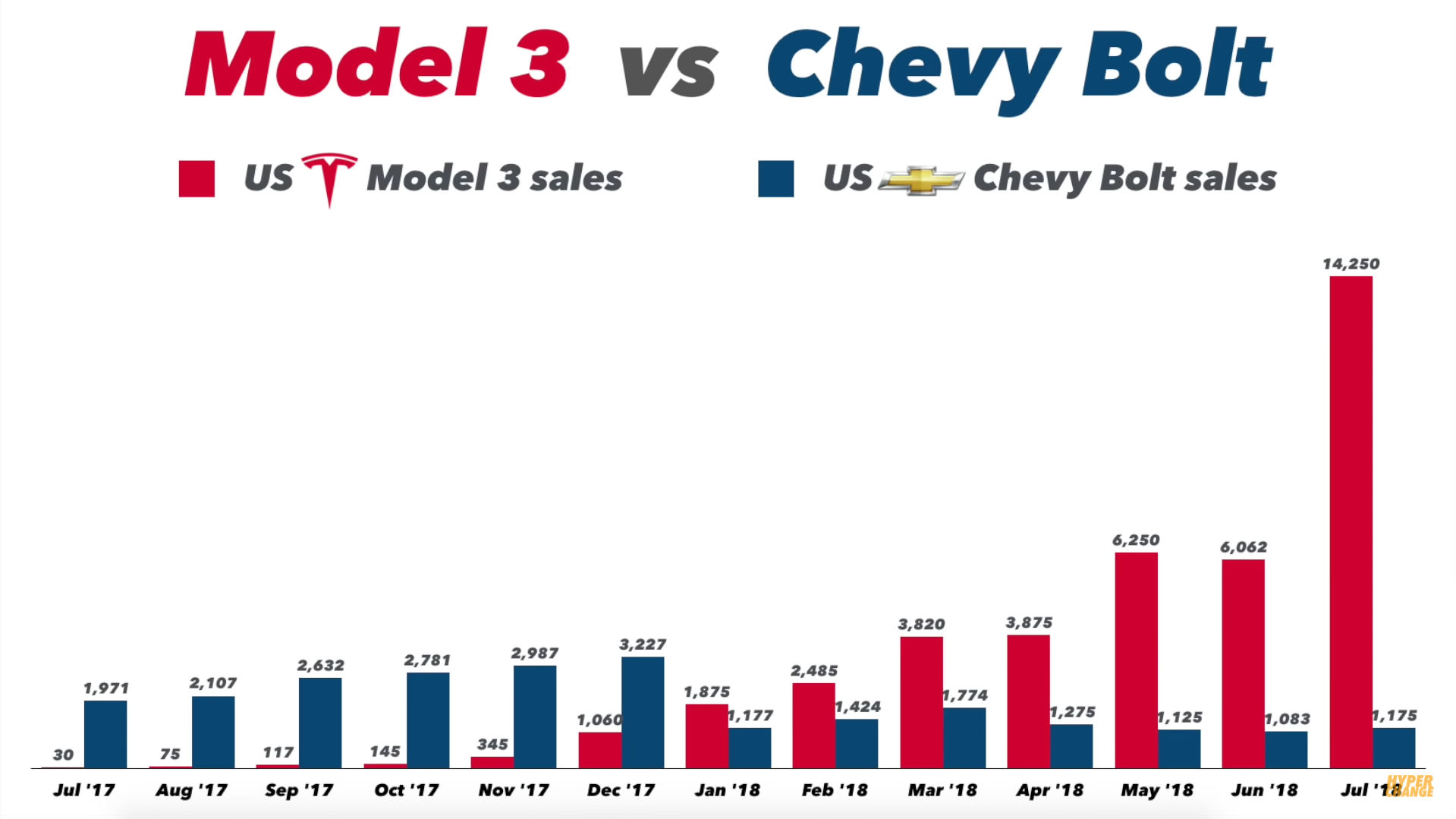
What then, of competing electric vehicles from other manufacturers? The Model 3’s main rival, the well-reviewed Chevy Bolt, has appears to have plateaued its sales in 2018. Estimates of the Chevy Bolt’s sales this year show that the vehicle has likely sold around 1,100-1,700 units every month since January, putting it below the Model 3’s numbers in 2018 so far. By July, the Model 3 is estimated to have outsold the Chevy Bolt EV 12:1.
Particularly notable is that Tesla’s production ramp for the Model 3 is still just halfway towards its actual target. Tesla aims to eventually produce 10,000 Model 3 per week — a pace the company is seeking to achieve sometime next year. It took a very long time for Tesla to build up the Model 3’s lines to produce 5,000 vehicles per week, but with the milestone achieved, it appears that Tesla’s ramp for its most ambitious electric car is going nowhere but up. Once the Model 3 hits 10,000 per week, even America’s top-selling vehicles like the Toyota Camry could start seeing their sales get taken over by Telsa’s electric sedan.

Investor's Corner
Tesla bear gets blunt with beliefs over company valuation
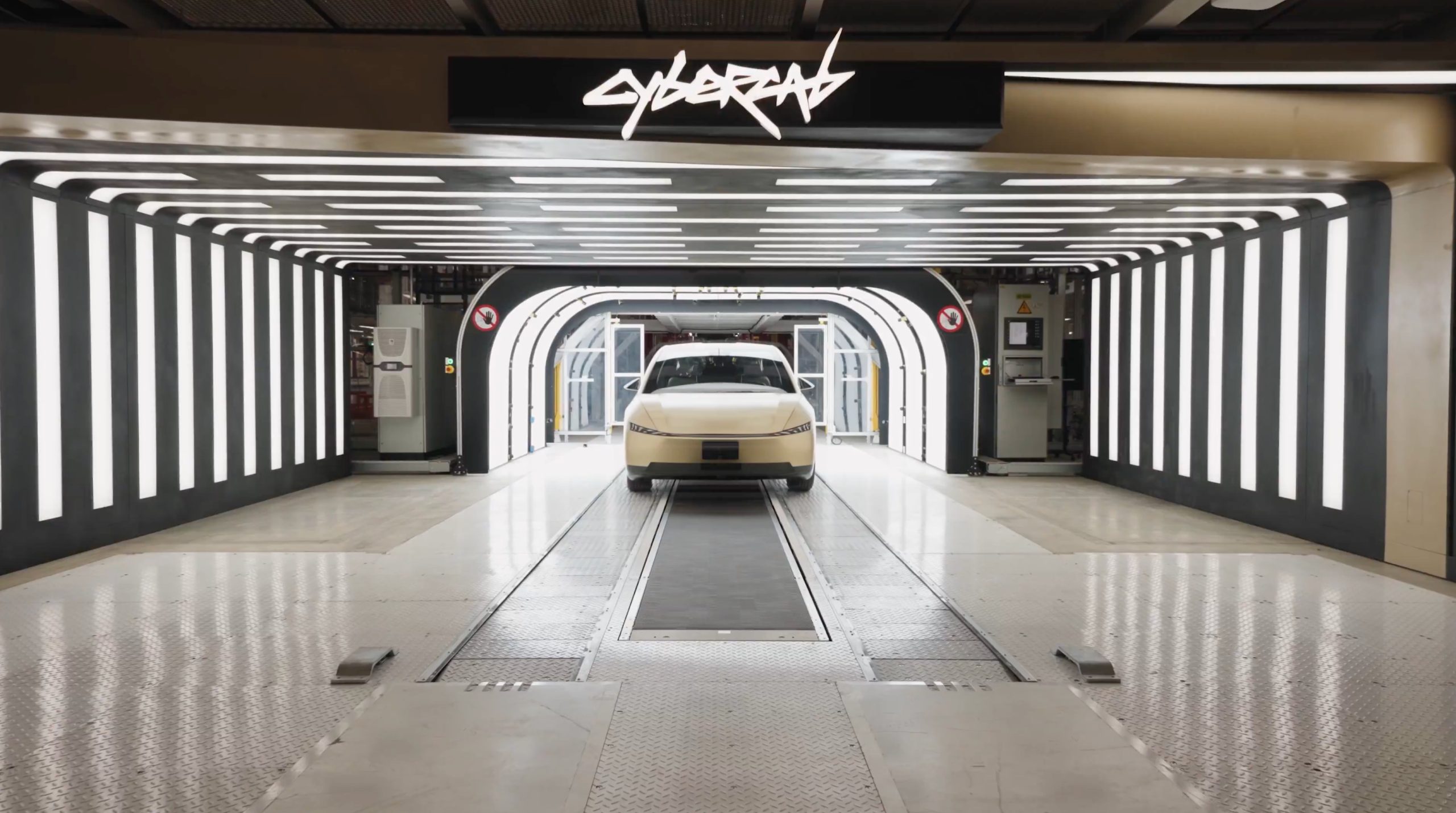
Tesla bear Michael Burry got blunt with his beliefs over the company’s valuation, which he called “ridiculously overvalued” in a newsletter to subscribers this past weekend.
“Tesla’s market capitalization is ridiculously overvalued today and has been for a good long time,” Burry, who was the inspiration for the movie The Big Short, and was portrayed by Christian Bale.
Burry went on to say, “As an aside, the Elon cult was all-in on electric cars until competition showed up, then all-in on autonomous driving until competition showed up, and now is all-in on robots — until competition shows up.”
Tesla bear Michael Burry ditches bet against $TSLA, says ‘media inflated’ the situation
For a long time, Burry has been skeptical of Tesla, its stock, and its CEO, Elon Musk, even placing a $530 million bet against shares several years ago. Eventually, Burry’s short position extended to other supporters of the company, including ARK Invest.
Tesla has long drawn skepticism from investors and more traditional analysts, who believe its valuation is overblown. However, the company is not traded as a traditional stock, something that other Wall Street firms have recognized.
While many believe the company has some serious pull as an automaker, an identity that helped it reach the valuation it has, Tesla has more than transformed into a robotics, AI, and self-driving play, pulling itself into the realm of some of the most recognizable stocks in tech.
Burry’s Scion Asset Management has put its money where its mouth is against Tesla stock on several occasions, but the firm has not yielded positive results, as shares have increased in value since 2020 by over 115 percent. The firm closed in May.
In 2020, it launched its short position, but by October 2021, it had ditched that position.
Tesla has had a tumultuous year on Wall Street, dipping significantly to around the $220 mark at one point. However, it rebounded significantly in September, climbing back up to the $400 region, as it currently trades at around $430.
It closed at $430.14 on Monday.
Investor's Corner
Mizuho keeps Tesla (TSLA) “Outperform” rating but lowers price target
As per the Mizuho analyst, upcoming changes to EV incentives in the U.S. and China could affect Tesla’s unit growth more than previously expected.
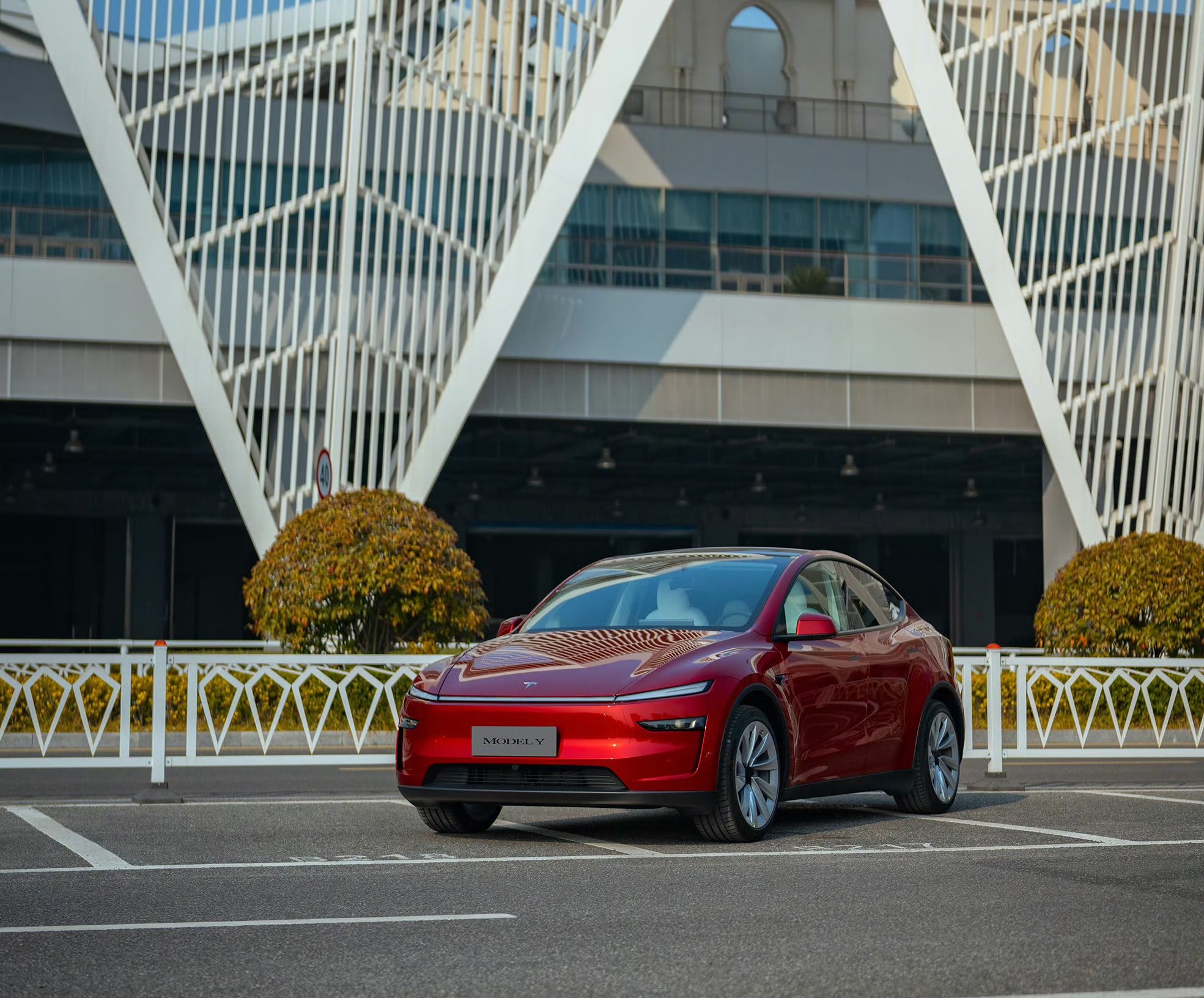
Mizuho analyst Vijay Rakesh lowered Tesla’s (NASDAQ:TSLA) price target to $475 from $485, citing potential 2026 EV subsidy cuts in the U.S. and China that could pressure deliveries. The firm maintained its Outperform rating for the electric vehicle maker, however.
As per the Mizuho analyst, upcoming changes to EV incentives in the U.S. and China could affect Tesla’s unit growth more than previously expected. The U.S. accounted for roughly 37% of Tesla’s third-quarter 2025 sales, while China represented about 34%, making both markets highly sensitive to policy shifts. Potential 50% cuts to Chinese subsidies and reduced U.S. incentives affected the firm’s outlook.
With those pressures factored in, the firm now expects Tesla to deliver 1.75 million vehicles in 2026 and 2 million in 2027, slightly below consensus estimates of 1.82 million and 2.15 million, respectively. The analyst was cautiously optimistic, as near-term pressure from subsidies is there, but the company’s long-term tech roadmap remains very compelling.
Despite the revised target, Mizuho remained optimistic on Tesla’s long-term technology roadmap. The firm highlighted three major growth drivers into 2027: the broader adoption of Full Self-Driving V14, the expansion of Tesla’s Robotaxi service, and the commercialization of Optimus, the company’s humanoid robot.
“We are lowering TSLA Ests/PT to $475 with Potential BEV headwinds in 2026E. We believe into 2026E, US (~37% of TSLA 3Q25 sales) EV subsidy cuts and China (34% of TSLA 3Q25 sales) potential 50% EV subsidy cuts could be a headwind to EV deliveries.
“We are now estimating TSLA deliveries for 2026/27E at 1.75M/2.00M (slightly below cons. 1.82M/2.15M). We see some LT drivers with FSD v14 adoption for autonomous, robotaxi launches, and humanoid robots into 2027 driving strength,” the analyst noted.
Investor's Corner
Tesla stock lands elusive ‘must own’ status from Wall Street firm
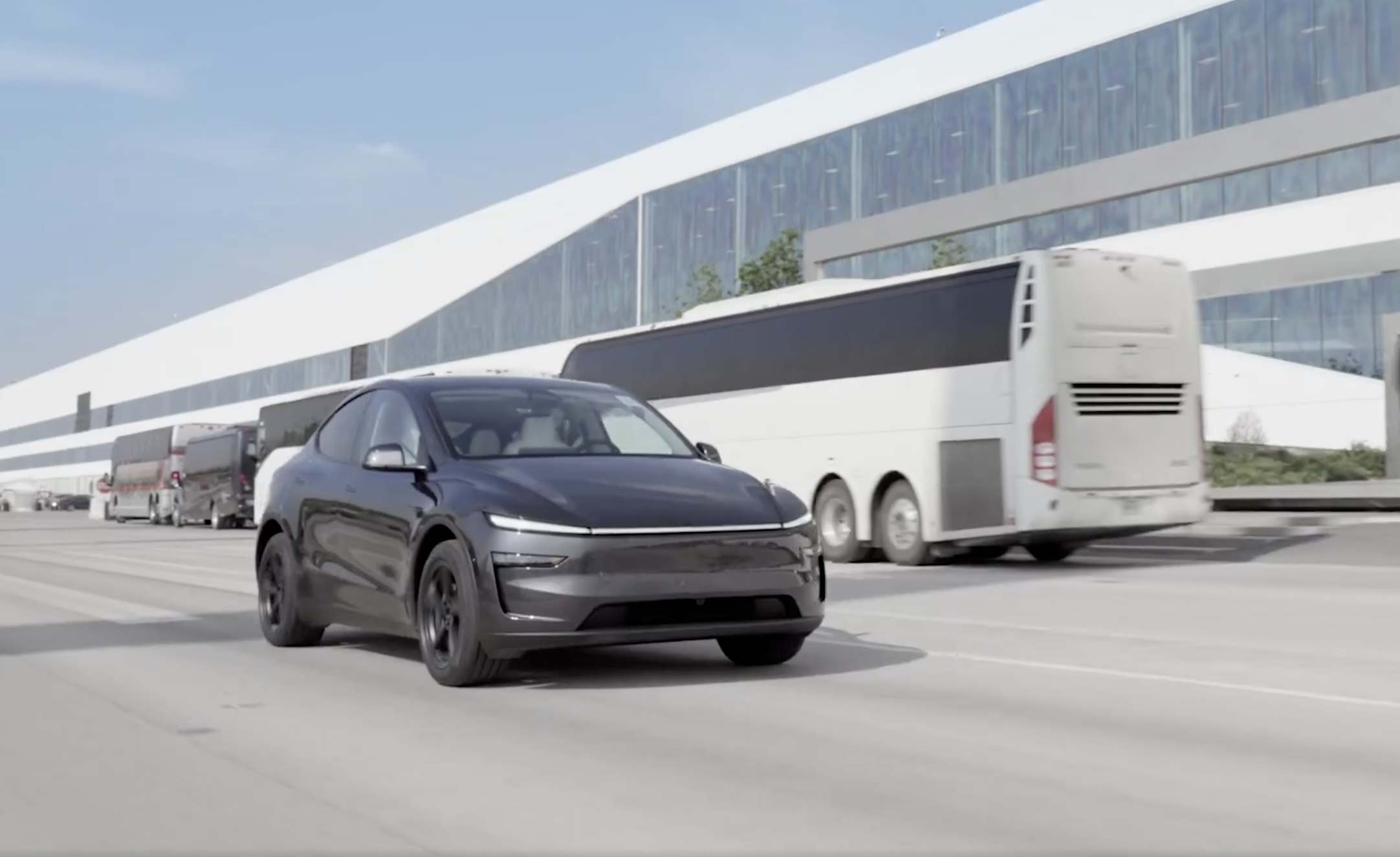
Tesla stock (NASDAQ: TSLA) has landed an elusive “must own” status from Wall Street firm Melius, according to a new note released early this week.
Analyst Rob Wertheimer said Tesla will lead the charge in world-changing tech, given the company’s focus on self-driving, autonomy, and Robotaxi. In a note to investors, Wertheimer said “the world is about to change, dramatically,” because of the advent of self-driving cars.
He looks at the industry and sees many potential players, but the firm says there will only be one true winner:
“Our point is not that Tesla is at risk, it’s that everybody else is.”
The major argument is that autonomy is nearing a tipping point where years of chipping away at the software and data needed to develop a sound, safe, and effective form of autonomous driving technology turn into an avalanche of progress.
Wertheimer believes autonomy is a $7 trillion sector,” and in the coming years, investors will see “hundreds of billions in value shift to Tesla.”
A lot of the major growth has to do with the all-too-common “butts in seats” strategy, as Wertheimer believes that only a fraction of people in the United States have ridden in a self-driving car. In Tesla’s regard, only “tens of thousands” have tried Tesla’s latest Full Self-Driving (Supervised) version, which is v14.
Tesla Full Self-Driving v14.2 – Full Review, the Good and the Bad
When it reaches a widespread rollout and more people are able to experience Tesla Full Self-Driving v14, he believes “it will shock most people.”
Citing things like Tesla’s massive data pool from its vehicles, as well as its shift to end-to-end neural nets in 2021 and 2022, as well as the upcoming AI5 chip, which will be put into a handful of vehicles next year, but will reach a wider rollout in 2027, Melius believes many investors are not aware of the pace of advancement in self-driving.
Tesla’s lead in its self-driving efforts is expanding, Wertheimer says. The company is making strategic choices on everything from hardware to software, manufacturing, and overall vehicle design. He says Tesla has left legacy automakers struggling to keep pace as they still rely on outdated architectures and fragmented supplier systems.
Tesla shares are up over 6 percent at 10:40 a.m. on the East Coast, trading at around $416.








